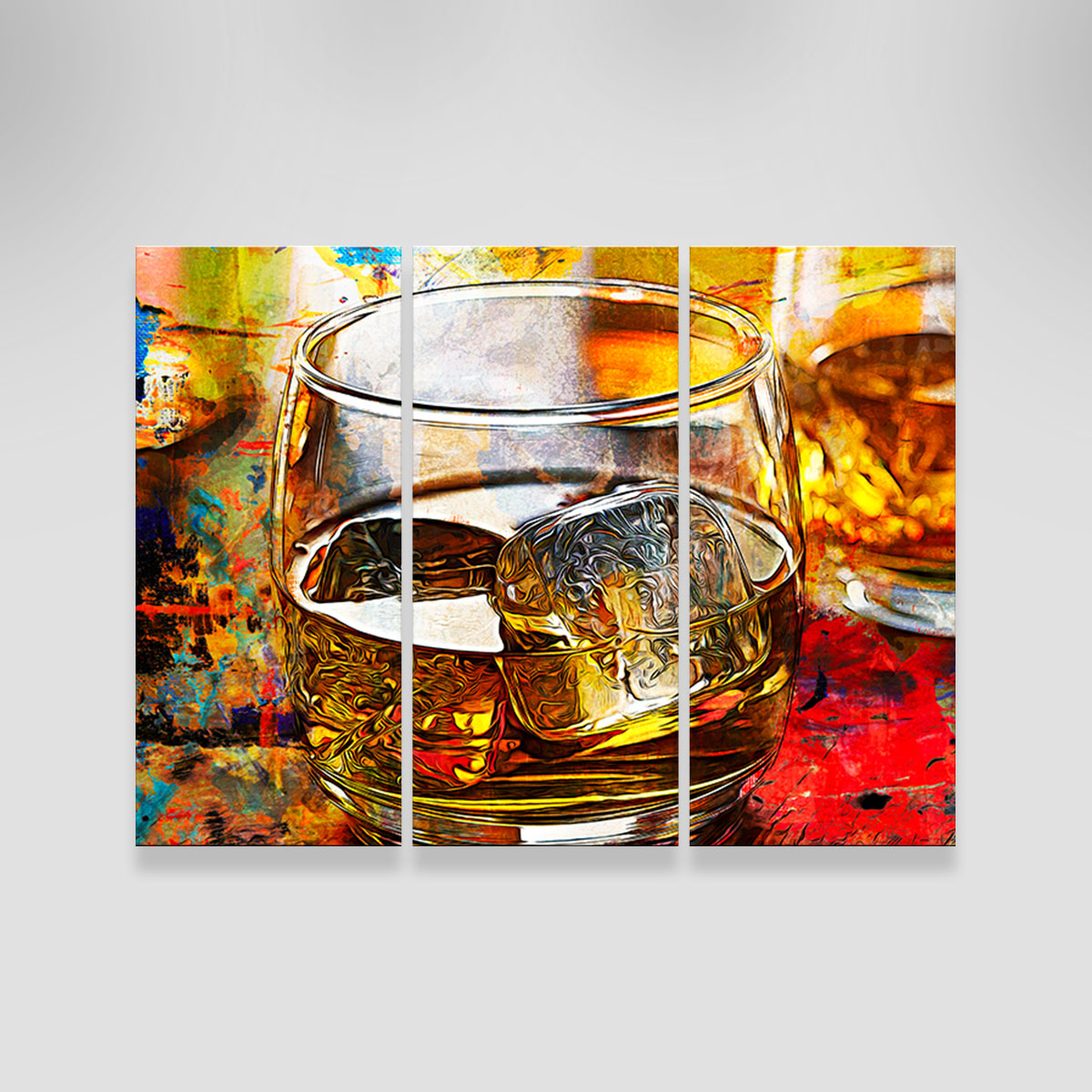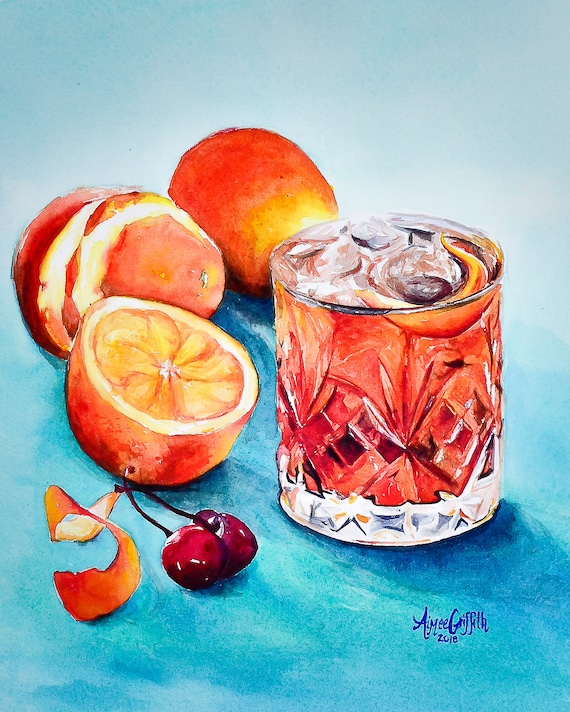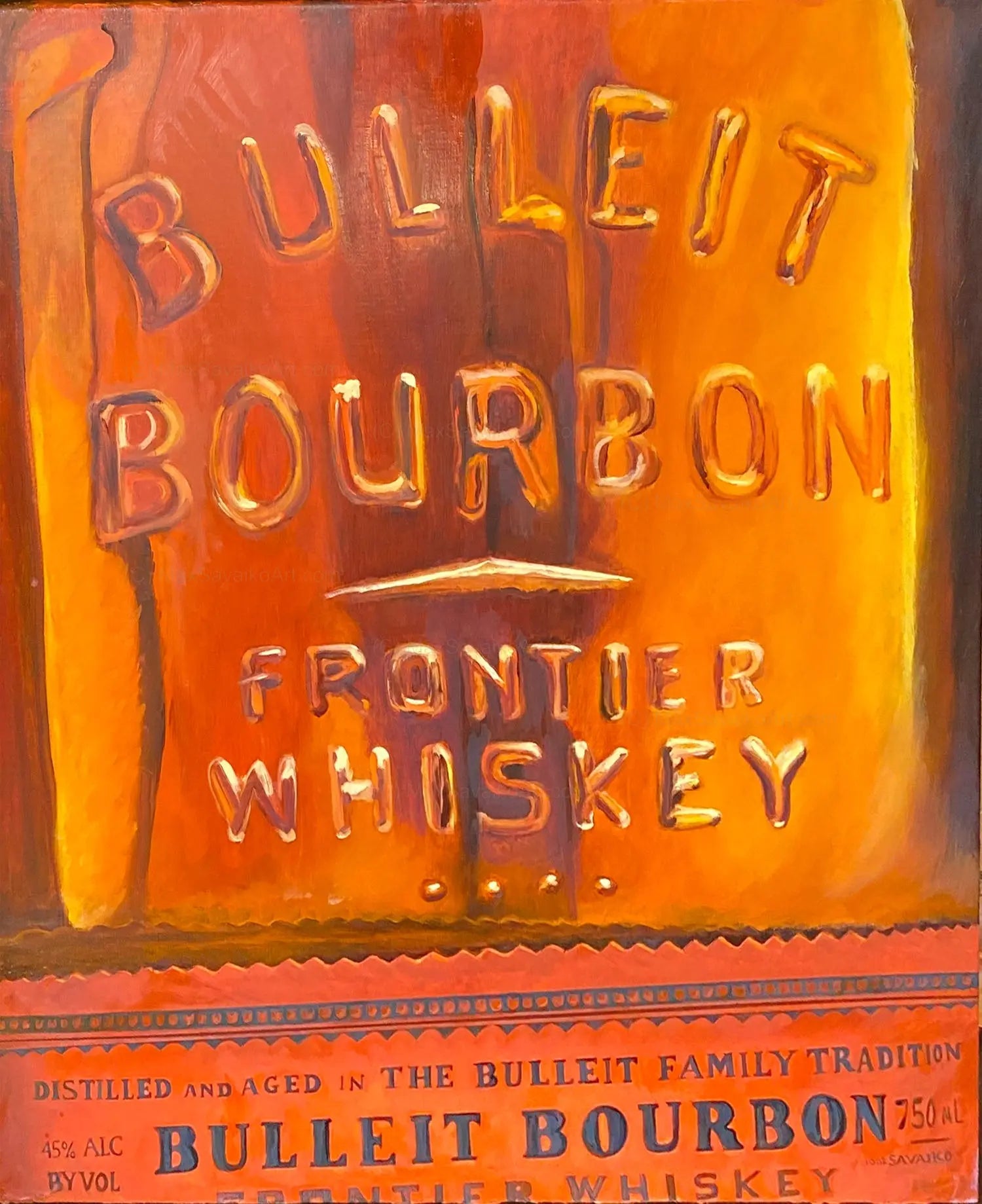The Attraction of Realism Art: A Deep Dive into Whiskey's Rich Heritage
The Attraction of Realism Art: A Deep Dive into Whiskey's Rich Heritage
Blog Article
The Importance of Whiskey Art in Celebrating Heritage and Craftsmanship in the Beverage Industry
The detailed connection between scotch art and the party of heritage and craftsmanship within the drink sector can not be overemphasized. Via thoughtfully created tags and containers, scotch brand names encapsulate their historic roots and the artisanal skills that specify their production approaches.
The Historical Roots of Whiskey
At the heart of bourbon's attraction exists an abundant tapestry of historic origins that trace back to old civilizations. The beginnings of whiskey can be connected to the purification practices of the Sumerians and Babylonians around 2000 BCE, where very early types of fermented grain drinks started to arise. However, it remained in the Center Ages that the art of distillation progressed dramatically, specifically in Ireland and Scotland, resulting in the production of bourbon as we understand it today.
The term "whiskey" itself obtains from the Gaelic word "uisce beatha," meaning "water of life." This phrase emphasizes the cultural significance of bourbon in Celtic cultures, where it was typically related to routines, events, and common bonding. By the 15th century, purification ended up being a recognized craft within reclusive communities, leading the way for the establishment of lawful distilleries.
As profession routes increased, scotch's appeal grew, going beyond regional borders and recording the interest of aficionados worldwide. Whiskey Art. This historic trip shows not only the workmanship behind scotch manufacturing however additionally its integral duty in cultural and social contexts, marking it as a considerable drink throughout background
Artistic Expression in Branding
Scotch branding stands as an engaging intersection of creativity and commerce, where aesthetic identification plays a critical role in forming consumer understanding. The aesthetic appeals of whiskey tags, packaging, and marketing materials mirror not just the brand name's tale however additionally its core values and heritage. Via imaginative expression, distilleries convey a story that reverberates with consumers, evoking emotions and stimulating connections.
Making use of shade, typography, and images in branding offers to set apart items in a saturated market. Standard themes might evoke a feeling of authenticity and workmanship, while contemporary styles can represent technology and forward-thinking. This calculated artistic instructions improves brand recognition and commitment, enabling customers to build an individual connection with the bourbon they pick.
In addition, artistic expression in branding usually functions as an event of local heritage. Distilleries regularly incorporate regional signs or historical recommendations right into their styles, creating a sense of place that welcomes consumers to take part in a wider cultural experience. Eventually, the artistry behind whiskey branding not only enhances aesthetic appeal however likewise enhances the total narrative of the brand name, cultivating a deeper gratitude for the craftsmanship and heritage embedded in each container.
Craftsmanship in Container Style
The creativity obvious in bourbon branding extends beyond visual identification to encompass the craftsmanship associated with container design. Each bottle functions as a vessel not just for the spirit within, yet additionally resource for the story it outlines its top quality, origin, and custom. The design process needs meticulous focus to detail, as components such as form, material, and closure add considerably to the general understanding of the bourbon.
Workmanship in bottle design entails selecting premium glass that can enhance the whiskey's color and clarity, while likewise providing a responsive experience for the consumer. The shape of the container need to be both aesthetically attractive and practical, typically showing the heritage of the brand. Numerous distilleries go with distinct forms or embossed logos that evoke a feeling of credibility and history.
In addition, the label layout and typography play a crucial role in communicating the brand name's story. Whiskey Art. A well-crafted bottle not only astounds the customer's eye but likewise strengthens the brand's dedication to top quality and practice. By doing this, the craftsmanship of bottle design becomes a crucial element of the scotch experience, merging virtuosity with an extensive regard for heritage
Cultural Significance of Whiskey Art
Celebrating custom and craftsmanship, the social value of scotch art goes beyond plain visual appeals, intertwining with the social and historic narratives of the areas where it originates. Each container works as a Limited Edition canvas, illustrating the one-of-a-kind stories, folklore, and practices that have actually formed neighborhood whiskey-making methods. The detailed layouts often mirror the heritage of the distillers, integrating symbols and concepts that resonate with the culture and values of their areas.

Furthermore, bourbon art plays a crucial role in common gatherings and events, serving as a concrete web link in between people and their shared experiences. By valuing the artistry in scotch product packaging, consumers grow a deeper understanding and respect for the craft, eventually enhancing their pleasure of the drink itself.
Modern Trends in Bourbon Discussion
In recent times, the presentation of bourbon has actually developed to mirror contemporary preferences and fads while still honoring traditional workmanship - Whiskey Art. Distilleries are progressively concentrating on visual elements that boost the overall drinking experience, linking the space between heritage and modernity
Ingenious container designs have arised, typically integrating sustainable products and creative labels that tell engaging tales. Several brand names now collaborate with local musicians, infusing their items with one-of-a-kind aesthetic expressions that reverberate with consumers. Additionally, limited-edition launches are typically packaged in collectible containers, adding value and allure for lovers.

Conclusion
In verdict, scotch art offers as a crucial avenue for expressing the heritage and workmanship inherent in the beverage market. Via detailed branding, cutting-edge bottle styles, and culturally significant imaginative aspects, scotch brands effectively honor their traditions and link with customers.


Workmanship in bottle layout includes selecting high-grade glass that can boost the scotch's shade and quality, while additionally giving a tactile experience for the consumer. In this means, the workmanship of bottle style ends up being a vital element of the whiskey experience, merging creativity with a profound regard for heritage.
In verdict, bourbon art offers as an essential conduit for sharing Limited Edition the heritage and craftsmanship intrinsic in the drink market.
Report this page